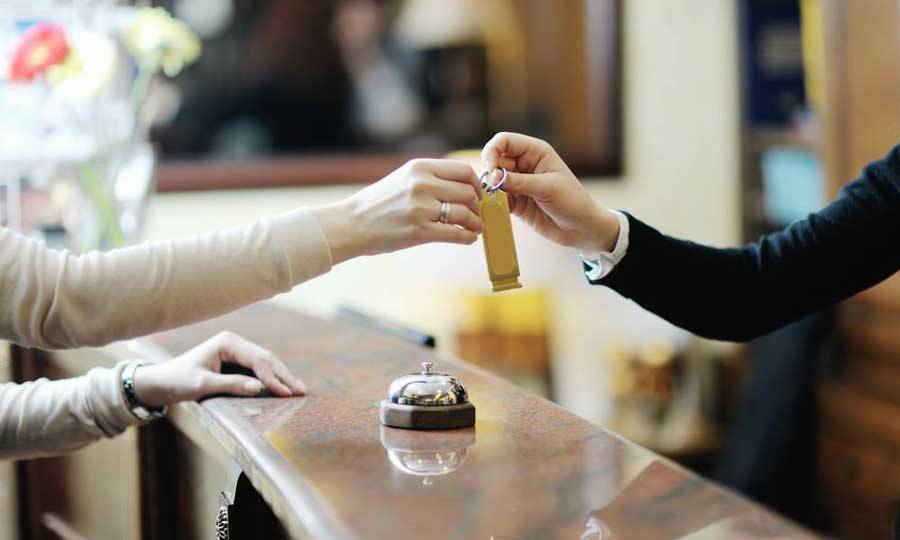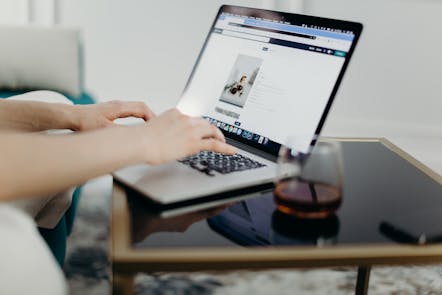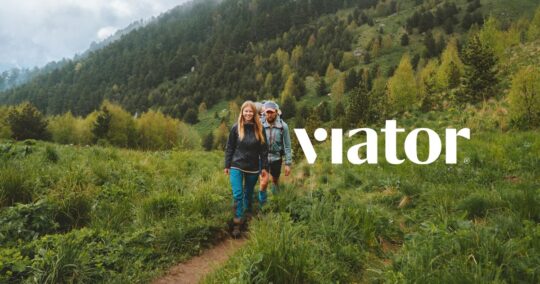Humans are visual creatures, and we respond powerfully to images and photos. Thus, as an accommodation provider, it’s always best to be able to show your lodgings to potential customers. When you’re dealing with a brick-and-mortar location, this is fairly easy; your rooms are physically on site for customers to see and touch.
Using accommodation photography on your website is about more than just showing people what you’re selling; it’s a very important part of site optimization and can influence your search engine rank. A site with well-placed, relevant images is more appealing than one with low-quality, poorly-rendered pictures—or, worse, no pictures at all. Here are some tips on how to really make effective use of images on your hospitality website.
Choose hospitality images with a purpose
There are a million ways to use images on your website, and a lot of psychology that we won’t get into in this post, but the first thing to keep in mind is that your images should always have a purpose. Rather than throwing up a photo just to break up some text, think of your photos as a precision strike—each one should have a reason to be there. This could be as simple as having photos for each of your rooms, but could also be more complex; if you want to use images, they should be relevant, appealing, and unique. A picture really is worth a thousand words; if you can illustrate your point with a photo rather than using a few paragraphs to explain, then go with the photo. A picture of a happy couple enjoying your accommodations will say far more than a paragraph talking about how great it is.
Use titles and descriptions
When you save a photo file, what name do you give it? Do you rename it at all, or just leave the default “image01.jpg”? Search engines tend to read photo file names, titles, and descriptions, and factor those words into your overall ranking. If your website is full of images titled “0258251.jpg”, you are missing that crucial part of optimization. Furthermore, it’s not very considerate! For those who have images turned off in their browser or are visually impaired, a photo description or title is often their only clue as to the context of the image. Don’t leave your image metadata blank or ambiguous; label your images with brief but clear names, and give them hospitality-related, keyword-relevant titles and descriptions. You can do this in most content management systems very easily, so it’s best to get into the habit as soon as possible to save yourself the chore of going back through every single image and making those changes later.
Give an honest portrayal
If there’s anything you should take away from this post, it’s the power of being genuine. Cheap stock photos look phony, and customers can tell the difference. People gain confidence and trust in your hotel business when they can connect with the fact that real human beings exist behind the website. Whenever possible, use photos of you and your staff, rather than generic images. You should celebrate your beautiful accommodations, and choose images that accurately reflect what your customers will see when they arrive.
If you have to use a stock photo, don’t be cheap; free stock images are really obvious and very common, so drop a few bucks to buy a high-quality stock image from a reputable site like Shutterstock or iStockPhoto. Photos of people can have a lot of impact on conversion rates, so display pictures of previous customers having fun at your accommodation.
Invest in quality images
So you need photos of your products for your website. Is your first instinct to whip out your iPhone and get snapping? While it’s tempting to go this route, it may not always be the best idea. If you can afford it, hiring a photographer can be a great investment; you’ll end up with professional-grade, well-composed images that can be used for many years to come. An expert knows how to capture both your accommodations and atmosphere, and will have access to much higher quality equipment. It may not be necessary for every accommodation owner, but it’s definitely worth looking into. If you own cabins for rent, for example, a real estate photographer will capture the best side of your properties far better than your phone ever could.
The human brain is wired to process visuals more powerfully than words. Images are a very important part of any successful hospitality site, and they can have significant impacts on your website conversion when they’re used properly. So use photos and images wisely, invest in quality, and place them with purpose. You won’t be disappointed with the results.

Try Site Builder for free.
Launch your new website and start taking bookings in no time!



